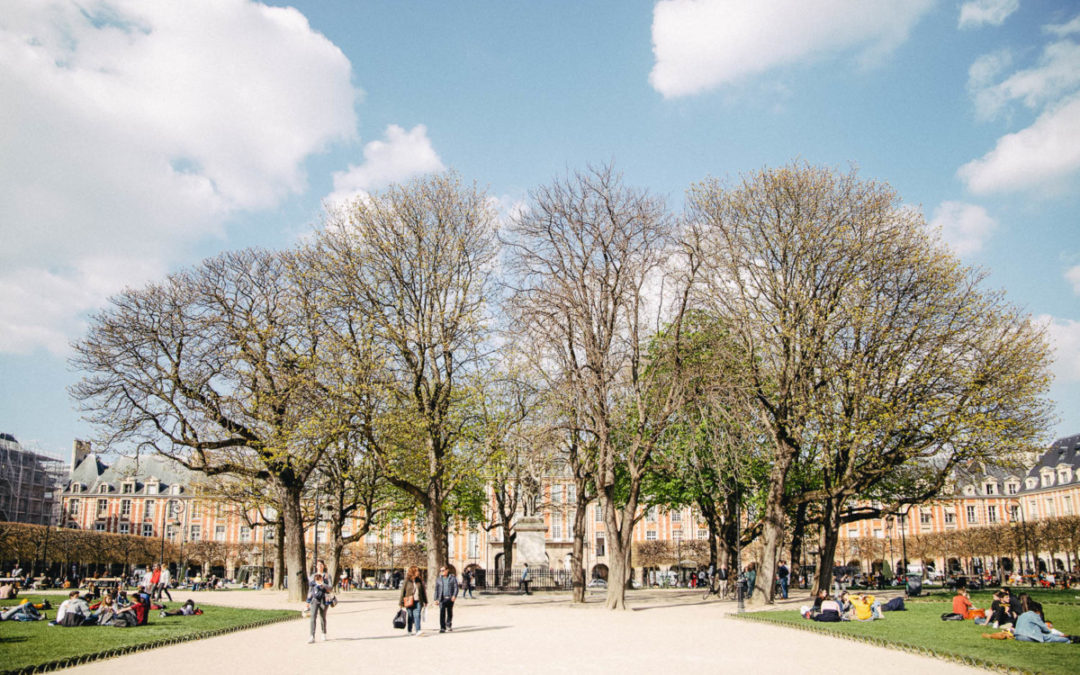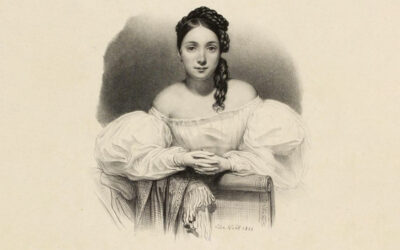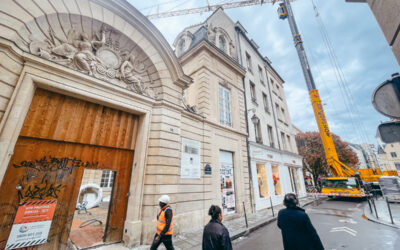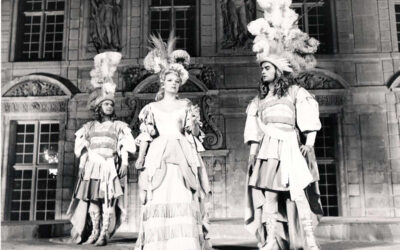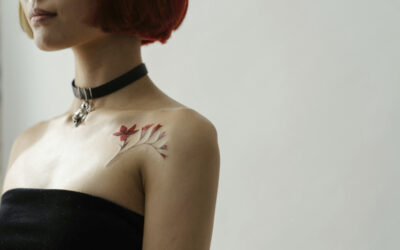On April 5, 6 and 7, 1612, hundreds of Parisians gathered in the Marais to attend the sumptuous festivities given on the occasion of the double marriage of the young Louis XIII to the Infanta of Spain, future Anne of Austria , and Madame Elisabeth, sister of the king, with the Infante Philippe IV.
The setting in which these celebrations take place is grandiose: it is the brand new “Place Royale” (current Place des Vosges) which is being inaugurated, after several years of work.
It all began in 1605. Henri IV, the first Bourbon king, decided to build a silk factory in place of a horse market and the ruins of the old Palais des Tournelles.
This “manufacture”, like others created then by the crown, aims to free France from foreign imports which flooded in the previous century, under the “Renaissance”.
A first project is launched: to the north of the current square, twelve pavilions must be built to accommodate the factory but also its workers.
For the occasion, the king went to seek the know-how of Italian silk workers who therefore set up here, along a new street (today the axis rue de l'Echarpe / rue du Pas-de-la -Mule), itself lined with a covered gallery housing shops and workshops.
In 1607, the original project was modified. Henri IV wishes to provide his capital with a new square and the Marais with a new “epicenter” where unity and symmetry must dominate.
A vast quadrilateral was then defined and, on its four sides, thirty-six identical pavilions were erected – except two, more imposing: the “pavilion of the king”, opening onto the rue de Birague and the “pavilion of the queen”, which faces it - pavilions, it is said then, which "have no place in all of Christendom which can be compared to them".
And the fact is that at the time, no other square in Europe could compete in proportions and appearance with the “Place Royale” of Henri IV: the harmonious facades were built of bricks and stone, the high roofs are made of slate; the idea of the covered and shopping gallery of the factory is also taken up, this time around the entire perimeter of the square.
We can thus, something extremely rare, walk or "go shopping" sheltered from the rain and without walking in the mud...
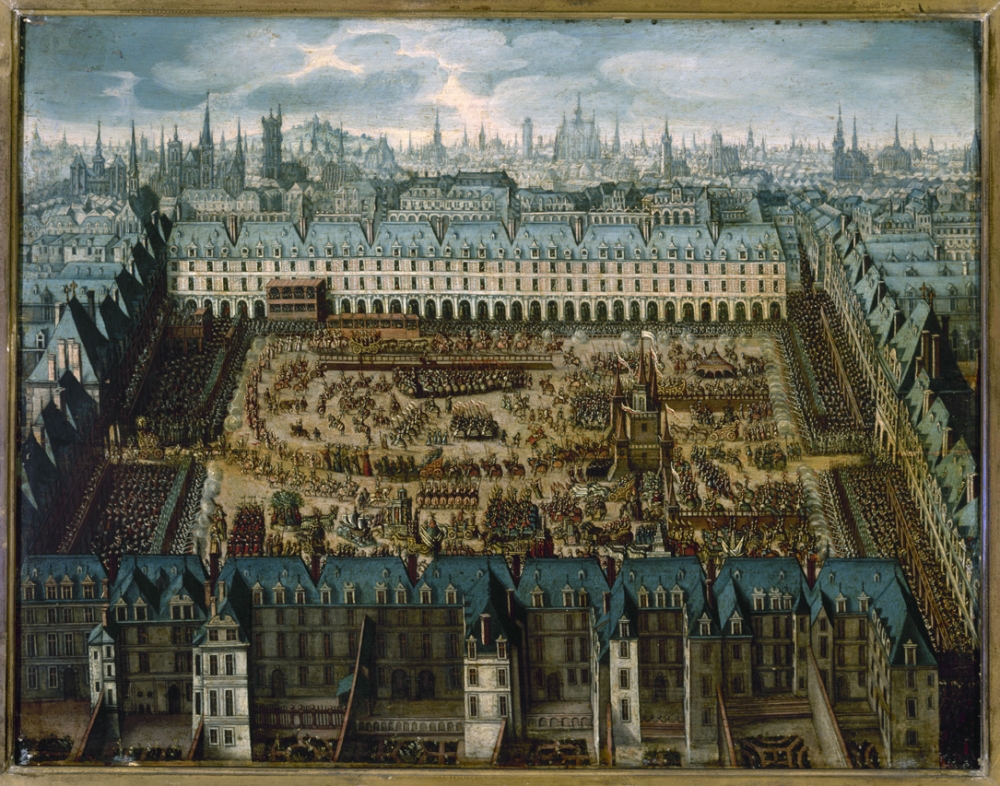
The “Roman of the Knights of Glory”, a large carousel given at Place Royale from April 5 to 7, 1612. On the occasion of the marriage of Louis XIII to Anne of Austria.
Anonymous, 1612th century, Musée Carnavalet – History of Paris, Circa XNUMX, Oil on wood.
The inauguration of 1612 is the opportunity to discover to the people, to foreign ambassadors, to the courts of Europe, the magnificence of "the Place" as they say then, as if there were now only one. in Paris which is worth the trip.
Henry IV is unfortunately no longer there to attend the celebrations. Assassinated by Ravaillac, he died in 1610 and it was the regent Marie de Médicis and the young Louis XIII who received the ovations of the spectators. On the arrival of the queen and the sovereign, the cannons of the Bastille thunder.
The royal procession, endless and colorful, enters via rue de Birague and parades across the square: the newlyweds are acclaimed; from the windows of the pavilions and even from the roofs where some have settled, we greet the great personages of the State, we admire their clothes of silk, gold and precious stones, we applaud the “carousel” of the riders, the soldiers and musketeers.
Transformed into a gigantic theater stage, the square is lined with platforms, hung with velvet in places and decorated with flags. Ephemeral constructions were built here and there, as well as wine fountains.
For three days, court and people rub shoulders, have fun, laugh. Cavalcades, fanfares, tournaments, parades follow one another. In the evening, fireworks ignite the Parisian sky.
The party had barely passed, the place immediately became “fashionable” (to the point that Corneille even produced a play from it: “La Place Royale”!) It remained so throughout the XNUMXth century. Behind the facades, the great families of the kingdom have built sumptuous mansions.
Nobles, financiers, ministers, men of letters are settled here, or, failing that, nearby, in the neighboring streets. These are the heydays of the Marais, punctuated by other memorable festivals, such as that organized in 1656 to welcome Queen Christina of Sweden or that of 1660, celebrating the arrival of Marie-Thérèse in Paris.
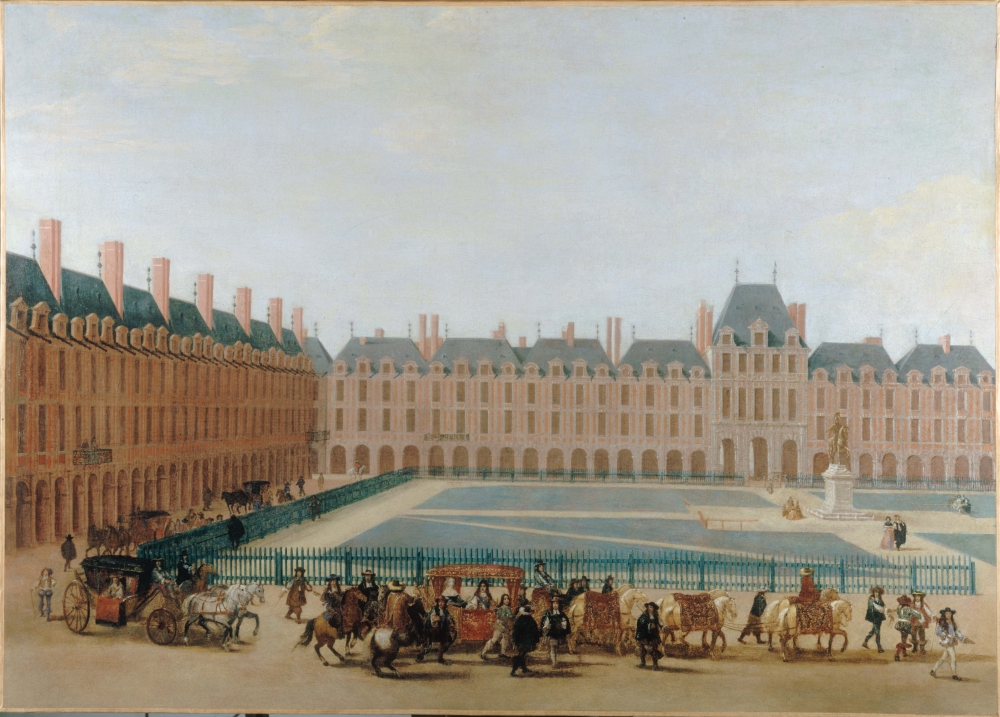
Anonymous, Musée Carnavalet – History of Paris, Circa 1655, Oil on canvas.
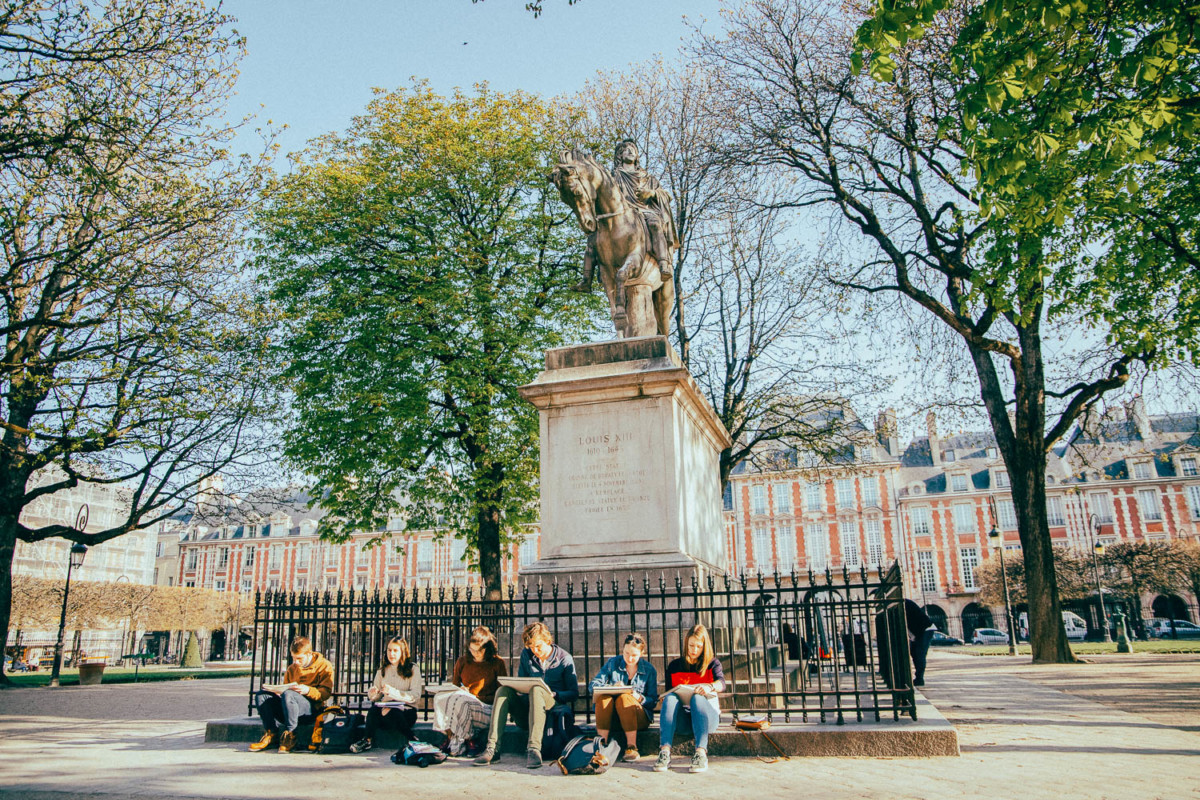
In the 1789th century, things changed. The decline has begun. The aristocracy preferred to live in new neighborhoods like the Faubourg Saint-Honoré or, on the left bank, Saint-Germain-des-Prés. Only a few old families remained, soon swept away by the events of XNUMX.
Under the Revolution, the “ci-devant” deserted the place and emigrated; their hotels are confiscated. On the esplanade, national guards and soldiers replace the walkers.
The place obviously also changes its name: from now on, the square is called “Indivisibility [of the Republic]”. It remained so until the end of the century, before becoming “Vosges” in 1800, through Bonaparte.
That year, in fact, the “1st Consul” announced that he would instead give the name of the French department which was the first to have paid its taxes to the State. The Vosges are distinguished by their zeal: the “place des Vosges” is thus decreed.
“Royal” again under the Restoration and, more curiously, under the Second Empire, it will however resume its Napoleonic name with the Third Republic. It is under this name that locals and tourists have known it ever since. According to the latest news, there are no plans for her to change her name again…
FOR PASSIONATES OFUS
Juliette Drouet actress, muse and mistress of Victor Hugo
At 14 rue Sainte-Anastase, from 1836 to 45 and at 12 from 1845 to 48, a few hundred meters from Place des Vosges, lived the muse and lover of Victor Hugo, Juliette Drouet née Julienne Gauvain.
Rue Vieille-du-Temple: the fabulous construction site restarts
A luxury hotel will be created at the end of the work. On the ground floor, the old stables and carriage houses will house the restaurant on the large courtyard, while the first courtyard, on rue Vieille-du-Temple, will feature two businesses continuing its 19th century layout.
The Marais festival, a fabulous story
The Festival du Marais dates back to a time that those under 60 cannot know. However, this leading artistic event was for a long time one of the most popular cultural events in the capital. For a quarter of a century, from 1962 to 1987, this unique festival…
NOW ON THE MOOD MARSH
The best tattoo parlors in Marais
Tattooing, an age-old practice, has long been the prerogative of convicts, dock workers, the underworld and sailors. Although it has become democratized, now affecting all profiles and concerning one in five French people, including 16% women compared to 10% men, it still remains taboo due to its definitive and transgressive nature.
Juliette Drouet actress, muse and mistress of Victor Hugo
At 14 rue Sainte-Anastase, from 1836 to 45 and at 12 from 1845 to 48, a few hundred meters from Place des Vosges, lived the muse and lover of Victor Hugo, Juliette Drouet née Julienne Gauvain.
Piccola Mia, the pizzas of the Republic
On the Place de la République, a brasserie with Italian accents has just opened, which quickly made people forget the old Pizza Pino. Welcome to Piccola Mia, the fruit of the joyful encounter between Italian chef Denny Imbroisi, pizza chef Julien Serri and mixologist Matthias Giroud who creates a creative cocktail menu.

